What to expect when you are expecting that first egg! It’s understandable that a first-time chicken-keeper may be anxious to know when they can expect to see the first egg in the nest box from their new flock. Here are general guidelines for what to watch for and how to help prepare a chicken to lay her first egg.
Sonny, my White Crested, Blue Polish pullet, was practicing for the big day. Her first egg was produced the next dayWHEN WILL SHE LAY HER FIRST EGG?
The age at which a pullet lays her first egg is called the “point of lay” and it is controlled by many factors. Hormones, breed, health, lighting conditions, extreme temperatures, stress and diet all play a role. I know, I know. You just heard “blah, blah, blah, blah blah,” but what is the answer? In very general terms, most pullets lay their first eggs between five and six months old. However, there is a wide range of normal. My Silkie, Freida, didn’t lay her first egg until she was 14 months old, which is on the super-late side, but that was her normal.
HELP ‘EM OUT
1. FEED THEM PROPERLY
Laying hens should be fed layer ration no earlier than 18 weeks of age. Layer ration contains less protein than starter/grower feeds and it contains added calcium needed to produce quality eggshells. Pullets younger than 18 weeks should not be fed layer ration due to the calcium content- it can cause kidney damage and gout, which may not be immediately apparent, but will affect the health and lifespan of the hen.
2. PROVIDE ACCESS TO CLEAN, FRESH WATER ALWAYS
An egg consists of approximately 75% water and without access to a regular, clean supply of water, a hen will be physically unable to produce eggs
3. PROVIDE ACCESS TO SUPPLEMENTAL CALCIUM
While layer feed contains calcium, an supplemental source of calcium in the form of oyster shells should be made available to hens at 18 weeks old in a separate dish, apart from the feed. All laying hens have different calcium requirements and will consume as much calcium as they need. Oyster shells should never be added directly to the feed because excess calcium can be harmful to the health of hens not requiring supplemental calcium. Hens deprived of adequate amounts of dietary calcium will begin utilizing the calcium stored within their own bones to produce eggshells, to the detriment of their health. Eggshells alone are not an adequate source of calcium. Learn why in this article
4. SET THE MOOD
One nest box should be available for every four layers in the flock. They may choose to share nest boxes, but forcing them to share is a recipe for broken eggs, egg-eating, stress and a reduced egg production. Place nest box material such as nest pads and liners in the nests with or without chopped straw or pine shavings on top to break the fall of the egg from the hen. Place a golf ball, wooden egg or any other type of hard fake egg in the nest boxes. Hens like to lay eggs where others have laid theirs and the fake eggs can increase the power of suggestion for newbies.
5. MAKE IT WELCOMING
Hens prefer to lay their eggs in a quiet,dark, private place. Consider nest box curtains, particularly if the location of the nest boxes is well-lit.
6. MINIMIZE STRESS
Limit activity in and around the coop in the morning. Reserve coop-cleaning chores until later in the day, keep small children from engaging them in any way and ensure their living environment is spacious, clean, pest-free and predator-free.
I add Spruce the Coop Herbal Fusion® nest box herbs to my nest boxes; I appreciate the scent in the coop, but the aromatherapy benefits are primarily for my benefit.
SIGNS OF READINESS
Pullets provide a few physical clues when they are approaching the point of lay.
1. NEST BOX EXPLORATION
They may be seen exploring the nest boxes, walking in and out, rearranging the nesting material and practice sitting in them.
2. COMB & WATTLE CHANGES
Combs and wattles will begin to darken and redden.
3. THE SUBMISSIVE SQUAT
This gesture is the most telling of all physical signs that indicates that a egg can be expected within a week or so! The submissive squat is the term I coined to describe the deferential posture assumed by a hen when approached by a rooster for mating. She crouches down, spreads her wings to the side for balance and lowers her tail for the rooster to “tread” her (or hop on her back and do his thang). She may also display the submissive squat when approached by a person, particularly when a hand is extended to pet her. The gesture does not indicate that she wants you to pet her or that she wants you to pick her up. Learn all about chicken mating HERE!
Within 24 hours of publishing this article, my Buff Orpington pullet laid her first egg! It never gets any less exciting!
The pullet on the top, with the darker, larger comb and wattles laid this tiny egg today. They were all hatched at the same time and raised by my Silkie hen (top, left photo) so I expect the pullet with the smaller, lighter red comb and wattles will join Team Egg-layer soon!
A pullet’s first egg is not always picture-perfect. It will ordinarily be quite small, but subsequent eggs will soon reach “normal” size for her. It can take some time before her reproductive system is working like a well-oiled machine and new layers are capable of some funky looking creations, but before long, she’ll be an egg-laying master. To learn more about how a hen makes and egg and why some eggs are odd, read my blog article here.
This was the first egg from my Easter Egger, Ethel. It was a “rubber egg,” which can be completely normal for new layers.
Kathy Shea Mormino
Affectionately known internationally as The Chicken Chick®, Kathy Shea Mormino shares a fun-loving, informative style to raising backyard chickens. …Read on


shop my SPONSORS
What to expect when you are expecting that first egg! It’s understandable that a first-time chicken-keeper may be anxious to know when they can expect to see the first egg in the nest box from their new flock. Here are general guidelines for what to watch for and how to help prepare a chicken to lay her first egg.
Sonny, my White Crested, Blue Polish pullet, was practicing for the big day. Her first egg was produced the next dayWHEN WILL SHE LAY HER FIRST EGG?
The age at which a pullet lays her first egg is called the “point of lay” and it is controlled by many factors. Hormones, breed, health, lighting conditions, extreme temperatures, stress and diet all play a role. I know, I know. You just heard “blah, blah, blah, blah blah,” but what is the answer? In very general terms, most pullets lay their first eggs between five and six months old. However, there is a wide range of normal. My Silkie, Freida, didn’t lay her first egg until she was 14 months old, which is on the super-late side, but that was her normal.
HELP ‘EM OUT
1. FEED THEM PROPERLY
Laying hens should be fed layer ration no earlier than 18 weeks of age. Layer ration contains less protein than starter/grower feeds and it contains added calcium needed to produce quality eggshells. Pullets younger than 18 weeks should not be fed layer ration due to the calcium content- it can cause kidney damage and gout, which may not be immediately apparent, but will affect the health and lifespan of the hen.
2. PROVIDE ACCESS TO CLEAN, FRESH WATER ALWAYS
An egg consists of approximately 75% water and without access to a regular, clean supply of water, a hen will be physically unable to produce eggs
3. PROVIDE ACCESS TO SUPPLEMENTAL CALCIUM
While layer feed contains calcium, an supplemental source of calcium in the form of oyster shells should be made available to hens at 18 weeks old in a separate dish, apart from the feed. All laying hens have different calcium requirements and will consume as much calcium as they need. Oyster shells should never be added directly to the feed because excess calcium can be harmful to the health of hens not requiring supplemental calcium. Hens deprived of adequate amounts of dietary calcium will begin utilizing the calcium stored within their own bones to produce eggshells, to the detriment of their health. Eggshells alone are not an adequate source of calcium. Learn why in this article
4. SET THE MOOD
One nest box should be available for every four layers in the flock. They may choose to share nest boxes, but forcing them to share is a recipe for broken eggs, egg-eating, stress and a reduced egg production. Place nest box material such as nest pads and liners in the nests with or without chopped straw or pine shavings on top to break the fall of the egg from the hen. Place a golf ball, wooden egg or any other type of hard fake egg in the nest boxes. Hens like to lay eggs where others have laid theirs and the fake eggs can increase the power of suggestion for newbies.
5. MAKE IT WELCOMING
Hens prefer to lay their eggs in a quiet,dark, private place. Consider nest box curtains, particularly if the location of the nest boxes is well-lit.
6. MINIMIZE STRESS
Limit activity in and around the coop in the morning. Reserve coop-cleaning chores until later in the day, keep small children from engaging them in any way and ensure their living environment is spacious, clean, pest-free and predator-free.
I add Spruce the Coop Herbal Fusion® nest box herbs to my nest boxes; I appreciate the scent in the coop, but the aromatherapy benefits are primarily for my benefit.
SIGNS OF READINESS
Pullets provide a few physical clues when they are approaching the point of lay.
1. NEST BOX EXPLORATION
They may be seen exploring the nest boxes, walking in and out, rearranging the nesting material and practice sitting in them.
2. COMB & WATTLE CHANGES
Combs and wattles will begin to darken and redden.
3. THE SUBMISSIVE SQUAT
This gesture is the most telling of all physical signs that indicates that a egg can be expected within a week or so! The submissive squat is the term I coined to describe the deferential posture assumed by a hen when approached by a rooster for mating. She crouches down, spreads her wings to the side for balance and lowers her tail for the rooster to “tread” her (or hop on her back and do his thang). She may also display the submissive squat when approached by a person, particularly when a hand is extended to pet her. The gesture does not indicate that she wants you to pet her or that she wants you to pick her up. Learn all about chicken mating HERE!
Within 24 hours of publishing this article, my Buff Orpington pullet laid her first egg! It never gets any less exciting!
The pullet on the top, with the darker, larger comb and wattles laid this tiny egg today. They were all hatched at the same time and raised by my Silkie hen (top, left photo) so I expect the pullet with the smaller, lighter red comb and wattles will join Team Egg-layer soon!
A pullet’s first egg is not always picture-perfect. It will ordinarily be quite small, but subsequent eggs will soon reach “normal” size for her. It can take some time before her reproductive system is working like a well-oiled machine and new layers are capable of some funky looking creations, but before long, she’ll be an egg-laying master. To learn more about how a hen makes and egg and why some eggs are odd, read my blog article here.
This was the first egg from my Easter Egger, Ethel. It was a “rubber egg,” which can be completely normal for new layers.



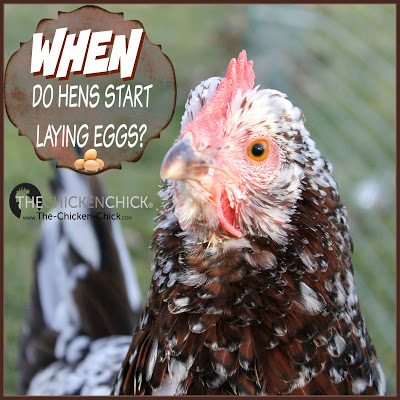
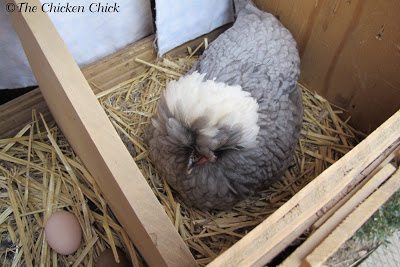
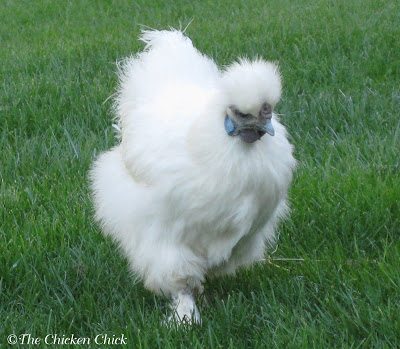
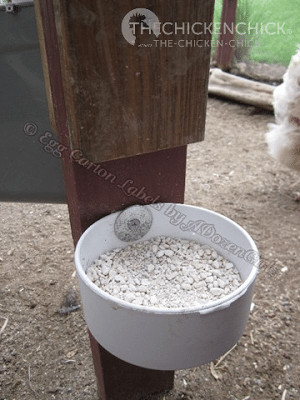
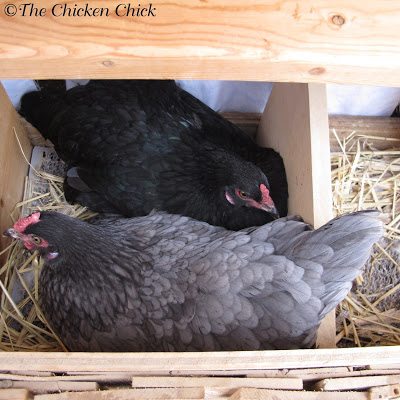
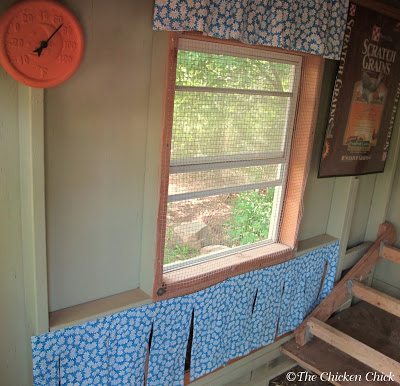
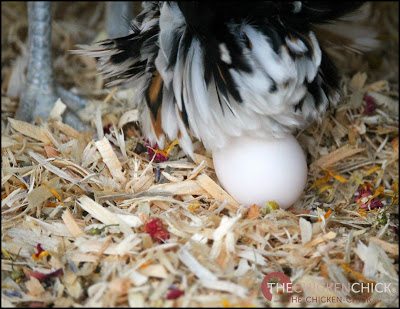
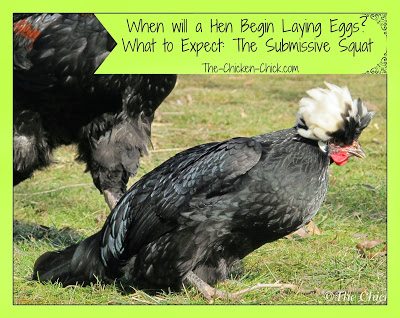
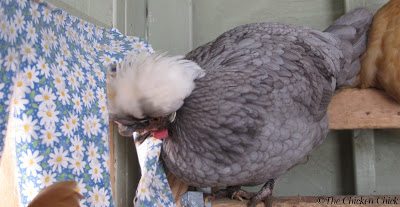
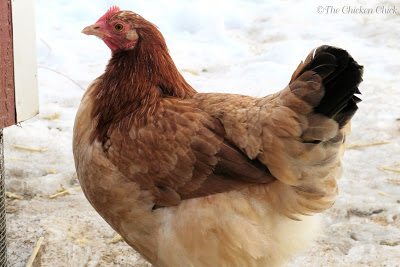
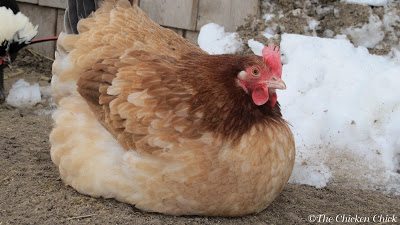
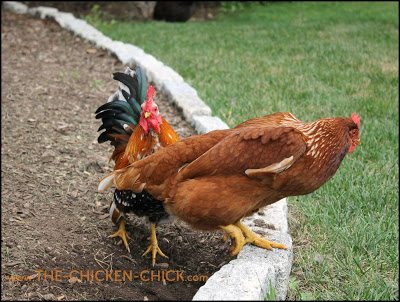

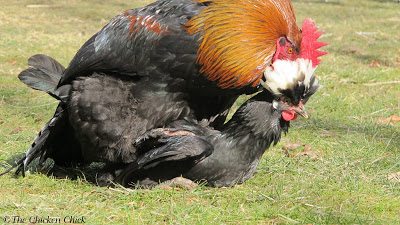
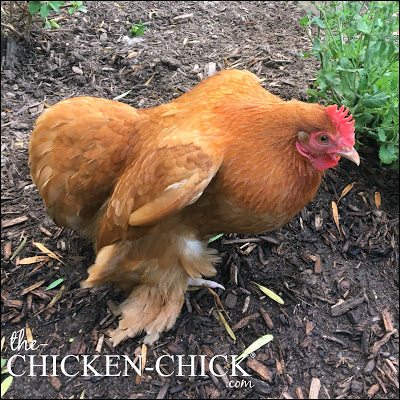
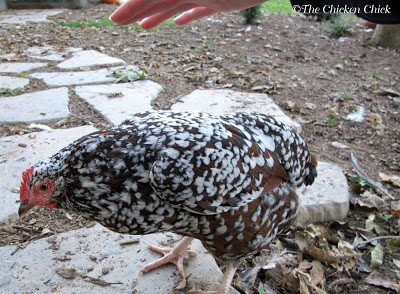
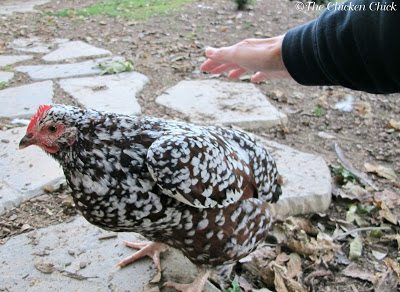
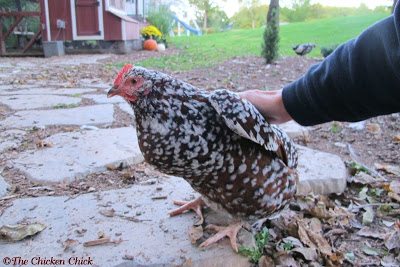
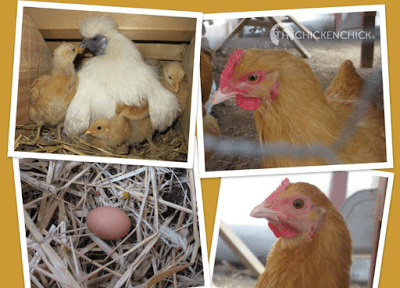
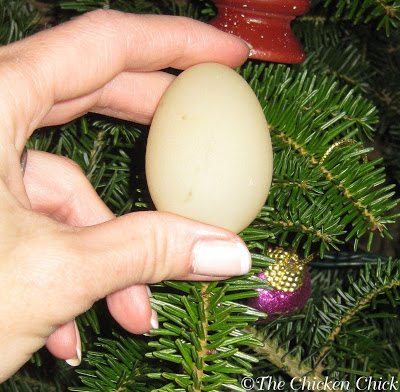
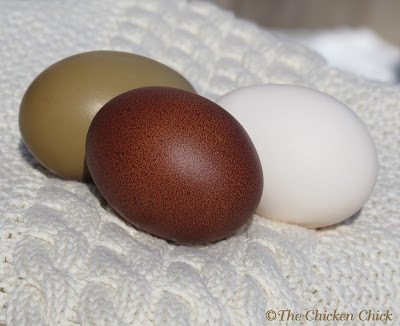

























I have 4 pullets that were all purchased at the same time (1 -2 days old). 3 of the 4 are laying, but the 4th is not. Any ideas on why one would not lay eggs? I've been getting one egg a day from the three.
We have 5 hens and they started laying about 4 weeks ago. Two are Americans and we get 1-2 eggs each day and 1 white egg every day or two from our white leghorn. Two are Black Australorps, but we are only getting 1 brown egg every 2-3 days. It seems like one of them isn't laying. How would I tell if something is wrong? Or is it common for some hens to just be slower to start laying?
I have a couple questions. My 3 chickens have laid 2 eggs but they are very very small and have no yokes? Is this normal? And at what point in the winter do I need to put a light out to make the days seem longer? I live in Washington and we have days and days of gloomy, no sun, always raining weather. And no snow so it gets very very dark.
how can I tell how old my pullets are, I have 4, I am new to keeping chickens n would like to know when im likely to see an egg, any advice would be welcome, thank you
They are probably dust-bathing, which is a good thing. https://the-chicken-chick.com/2013/01/chicken-dust-baths-ultimate-spa.html Nest boxes have nothing to do with chickens digging in the dirt. You should have one nest box available in the coop for every four layers.